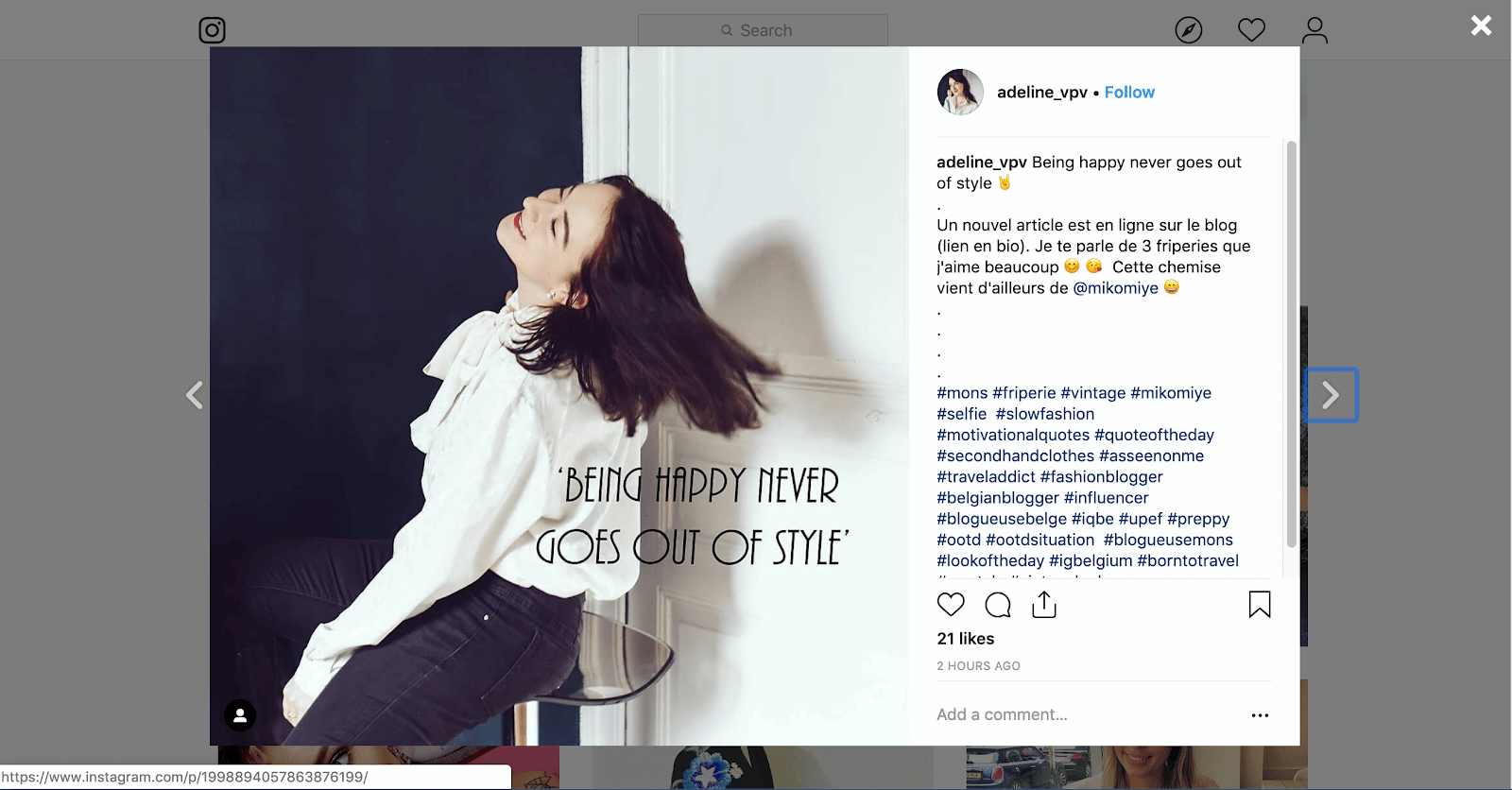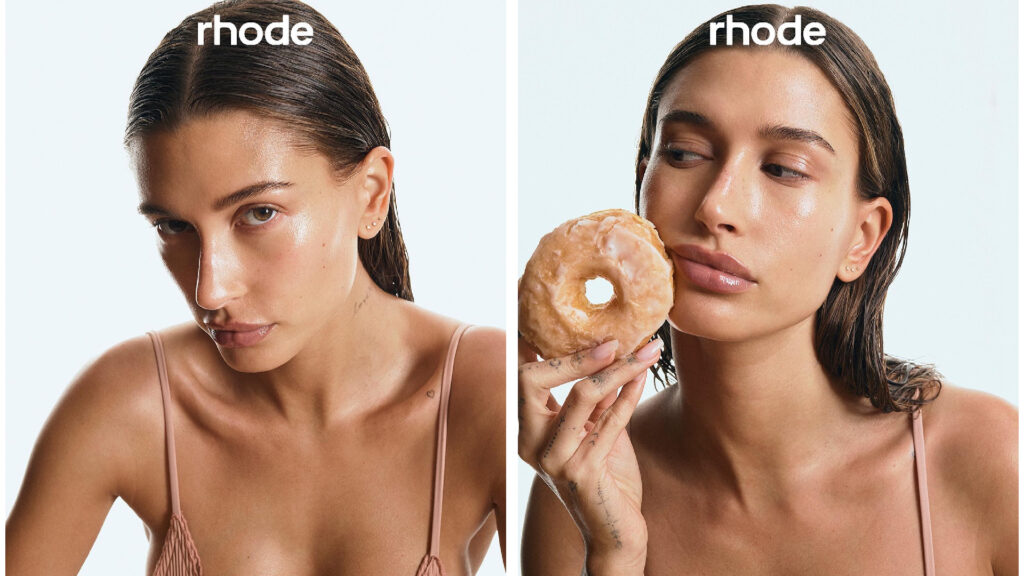Nowadays, having an online store for your business is a vital step in helping your company grow. It can also be an incredibly exciting experience as you suddenly realize you have access to a much larger customer base. However, once your beautiful eCommerce site has been built, far too many people then run out of ideas on what to do next; which is, of course, marketing your store.
Often, people get daunted by massive eCommerce giants like Amazon and eBay and think that their marketing efforts will amount to little. Well, there are plenty of businesses who have developed a unique marketing strategy, which they have used to compete online and grow their eCommerce stores to dizzying heights. For a little inspiration, here are 10 examples of businesses that have run successful eCommerce marketing campaigns that you can learn from.
But wait, there’s more!
As a bonus, we’ve updated the original list with current context and a fresh example for 2025 so you can learn from the best while keeping the classic lessons that still work.
Why eCommerce Marketing Campaigns Still Win in 2025
Despite increased privacy regulations and attribution challenges, well-executed ecommerce marketing campaigns remain the fastest path to sustainable growth. Today’s successful campaigns leverage first-party data collection, embrace native social formats, and prioritize authentic customer experiences over purely transactional messaging.
The most effective ecommerce marketing campaign strategies in 2025 combine multiple touchpoints—from TikTok Shop integrations to sophisticated email automation—while maintaining compliance with evolving privacy standards. This multi-channel approach helps brands build resilience against platform changes and economic uncertainties.
1. The Dollar Shave Club
Dollar Shave Club was founded on a simple idea of offering a razor subscription service. To combat the awareness challenge, company CEO Michael Dubin developed a range of promotional videos to explain the concept and communicate their new, quirky subscription brand.
What they did: Created irreverent promotional videos that explained their subscription concept while showcasing the brand’s quirky personality. Their 2012 launch video quickly went viral, garnering tens of millions of views worldwide.
Why it worked: The campaign succeeded because it solved a fundamental awareness problem—most consumers didn’t understand subscription razor services. The videos combined education with entertainment, making a mundane product category memorable and shareable.
Notable metric: Reached 3.2 million subscribers by 2016, leading to Unilever’s $1 billion acquisition.
Steal this idea:
- Test video content across multiple platforms to maximize organic reach
- Create founder-led content that explains your unique value proposition
- Combine product education with brand personality in native video formats
2. ASOS’s #AsSeenOnMe User-Generated Content
ASOS is a trendy online clothing company that made a huge fashion statement with its social media #AsSeenOnMe campaign. We all know that celebrity-endorsed products do well, but user-generated content has proved to do just as well—if not better.
What they did: On Instagram, ASOS asked its customers to share images of their clothing/accessories with the hashtag #AsSeenOnMe. The hashtag went on to gain over one million mentions and earned its own dedicated Instagram account.
Why it worked: User-generated content creates authentic social proof while reducing content creation costs. The campaign tapped into customers’ desire for recognition while providing ASOS with endless styling inspiration and real-world product validation.
Notable metric: Over 1 million hashtag mentions across social platforms.
Steal this idea:
- Build dedicated UGC channels to amplify customer stories
- Create branded hashtags that encourage customers to showcase your products
- Feature customer content prominently in your marketing materials

3. Zappos’s Customer Service Excellence
If you have great products and services, your business can potentially market itself. Zappos is a leader in the shoe eCommerce business, and a large portion of their customers come solely for the service—regardless of their marketing efforts.
What they did: In addition to their 365-day money-back guarantee, they provide free shipping plus free return shipping if you decide to return your items. Quality customer care became their primary differentiator.
Why it worked: Zappos keeps policies like free shipping in place because it’s so appealing to consumers and creates a fantastic competitive edge. Their service-first approach generates powerful word-of-mouth marketing.
Notable metric: Built a leading position in online shoe retail through service differentiation.
Steal this idea:
- Train your team to create memorable customer experiences
- Make customer service a core part of your marketing strategy
- Implement risk-free policies that reduce purchase anxiety
4. Purple’s Social Media Video Strategy
Social media is a powerful marketing tool, and Purple, an eCommerce mattress company, demonstrates this perfectly. They use video ads on Facebook to increase brand recognition and attract new customers.
What they did: Similar to The Dollar Shave Club’s strategy, Purple relies on their video ads to go viral, sparking discussion and increasing new customers and customer retention. Every video is a pattern interrupter that quickly catches attention.
Why it worked: Purple’s marketing reinforces the quality and ease-of-use of their products while comparing their mattresses to competitors through memorable, often humorous content that stands out in social feeds.
Notable metric: Individual videos regularly garner over 1.5 million views.
Steal this idea:
- Focus on product differentiation through creative comparisons
- Create pattern-interrupt content that stops social media scrolling
- Use humor and demonstrations to make mundane products memorable
5. Liquid Death: Building a Brand That’s Bigger Than the Product
In a world of wholesome beverage brands, Liquid Death took a completely different path. The company sells canned water, but it’s their heavy-metal attitude and shocking brand humor that have created one of the most talked-about marketing campaigns in recent years.
What they did: Liquid Death sells canned water, a commodity. But they market it like a heavy metal band. Their “Death to Plastic” mission gives the brand a clear purpose, while their shocking and hilarious social content has built a tribe of loyal fans who proudly buy branded merchandise.
Why it worked: They sell entertainment, not water. This brand-first approach is one of the best ecommerce campaign ideas because it creates a powerful competitive moat. No one can copy their brand, allowing them to dominate a crowded market through sheer force of personality.
Notable metric: Reached a reported valuation of $1.4 billion by creating a powerful brand in a commoditized category.
Steal this idea:
- Create merchandise that lets your most loyal customers become brand ambassadors.
- Define what your brand stands for beyond its features and benefits.
- Develop a distinctive tone of voice that cuts through the corporate noise.
6. Poppi: Dominating Social Commerce on TikTok Shop
The rise of social commerce has created new paths to explosive growth, and prebiotic soda brand Poppi wrote the playbook. By leveraging the viral nature of TikTok, they showed how to turn authentic creator content directly into sales.
What they did: The prebiotic soda brand Poppi executed a flawless omnichannel ecommerce strategy by flooding TikTok with content from hundreds of creators sharing authentic reviews. They then seamlessly integrated their products with TikTok Shop, allowing users to purchase directly from a viral video.
Why it worked: They completely collapsed the marketing funnel. The moment of discovery became the moment of purchase, creating a frictionless path to conversion. This strategy, fueled by relentless social proof, is a blueprint for ecommerce growth in 2025.
Notable metric: Grew sales by 148% in 2023, largely fueled by its viral success on TikTok.
Steal this idea:
- Feature authentic customer testimonials prominently in your video ads.
- Dedicate a portion of your marketing budget specifically to sourcing creator content.
- Set up and optimize your presence on social commerce platforms relevant to your audience.
7. Rhode Skin: The Playbook for a Creator-Led Brand
Many brands partner with influencers, but very few are built from the ground up by one. Rhode Skin, founded by Hailey Bieber, is a masterclass in how a creator can leverage their personal brand and deep audience connection to launch a wildly successful product line.
What they did: Founder Hailey Bieber didn’t just launch a skincare line; she created a cultural moment around the “glazed donut skin” trend. Her entire brand is built around this simple, memorable concept, which she embodies across all social channels. Strategic product “drops” and waitlists are used to create scarcity and hype.
Why it worked: This is a model for a modern, creator-led brand. The marketing is authentic because it’s inseparable from the founder’s personal brand. Using waitlists is also a brilliant way to capture valuable first-party data before a product even launches.
Notable metric: Reportedly generated a waitlist of over 700,000 people before the brand’s official launch.
Steal this idea:
- Build a campaign around a single, sticky, and memorable concept or trend.
- If you have a founder with a strong story, make them the face of your marketing.
- Use product waitlists and “notify me” lists to gauge demand and build your email/SMS list.

8. Blue Apron: Marketing the Emotion, Not Just the Product
The meal-kit delivery industry is crowded, with most companies focusing on ingredients and convenience. Blue Apron stood out from the crowd by focusing instead on the emotions people experienced when cooking, inspired by the stories of their actual customers.
What they did: In a crowded meal-kit market, Blue Apron stood out with a campaign focused on the emotions behind cooking. Instead of just showing food, their ads showed the relief of a busy parent or the joy of connecting over a meal, inspired by real customer stories.
Why it still works: People buy feelings, not features. In 2025, resonating emotionally is key to building a brand. By using customer insights (a form of first-party data) to inform their creative strategy, Blue Apron ensured their message would connect on a much deeper level.
Notable metric: Became one of the first meal-kit companies to reach a billion-dollar valuation by focusing on the customer experience.
Steal this idea:
- Use customer stories and testimonials as the foundation for your ad concepts.
- Read your customer reviews and surveys to find the emotional language people use.
- Build a campaign around the feeling your product delivers, not just the problem it solves.
9. Function of Beauty: Personalization at Scale with Quizzes
How do you sell a product like shampoo online when everyone’s needs are different? Function of Beauty answered this question by turning the traditional shopping process into a personalized consultation, driven by a simple, engaging quiz.
What they did: They built their entire business around a “hair quiz” that asks customers about their hair type, texture, and goals. The answers generate a unique, custom-formulated product, complete with the customer’s name on the bottle, creating a truly one-of-a-kind experience.
Why it still works: This is a masterclass in collecting zero-party data—data a customer intentionally and proactively shares. The quiz provides immense value to the customer while giving the company precise data for retargeting and product development. It makes the customer feel seen and understood, building loyalty from the very first click.
Notable metric: Created billions of possible custom formula combinations, showcasing the scale of their personalization engine.
Steal this idea:
- Create a simple “product finder” quiz on your website to help guide customers to the right solution.
- Use quiz results to segment your email list for hyper-targeted follow-up campaigns.
- Frame your products as the perfect solution to the specific problems your customers identify
10. Patagonia: Building a Brand Through Anti-Marketing
Some of the most effective marketing campaigns don’t feel like marketing at all. Outdoor apparel company Patagonia has built a fiercely loyal global brand by consistently prioritizing its environmental mission, sometimes even at the expense of short-term sales.
What they did: Their famous “Don’t Buy This Jacket” campaign on Black Friday urged consumers to consider the environmental impact of their purchases and repair their existing gear instead of buying new. They invest heavily in high-quality documentaries and content that spotlights environmental activism, not products.
Why it still works: In 2025, consumers increasingly align their spending with their values. Patagonia’s unwavering commitment to its mission builds a level of brand trust that competitors cannot replicate with ad spend. This “anti-marketing” approach generates massive earned media and justifies its premium price point.
Notable metric: Donates 1% of all sales to environmental causes, proving its commitment and reinforcing its brand values with every transaction.
Steal this idea:
- Clearly define and communicate your brand’s core values beyond simply making a profit.
- Create high-value content that educates your audience about a cause related to your industry.
- Implement a tangible program (like a repair service, recycling program, or charity partnership) that puts your values into action.
What’s the next step?
It should be clear from the above examples that there are a number of different approaches you can take to promoting your eCommerce store. The best thing to do is to take a look at the products you sell and decide what USPs it holds and what platforms best lend themselves to advertising it. Then, target these approaches and aim to transfer the personal touch that your company holds.
The most successful ecommerce marketing campaign strategies in 2025 combine authentic storytelling with sophisticated technical execution while navigating modern challenges like GA4 attribution and social commerce integration. Whether you’re just starting out or scaling an established brand, focus on building genuine customer relationships while leveraging the latest tools and platforms strategically.
Conclusion
Often, developing a unique and powerful marketing campaign is best achieved by consulting with experienced digital marketers. Here at Newbird, we help clients all over the United States to design visually stunning eCommerce sites and then create inspiring ways to help them make their new store a success. Our team understands both the timeless principles and modern technical requirements of ecommerce marketing.
To discuss opportunities available to you, and to see if we may be a good fit for your business, get in contact with our team today.
Updated September 15th 2025



